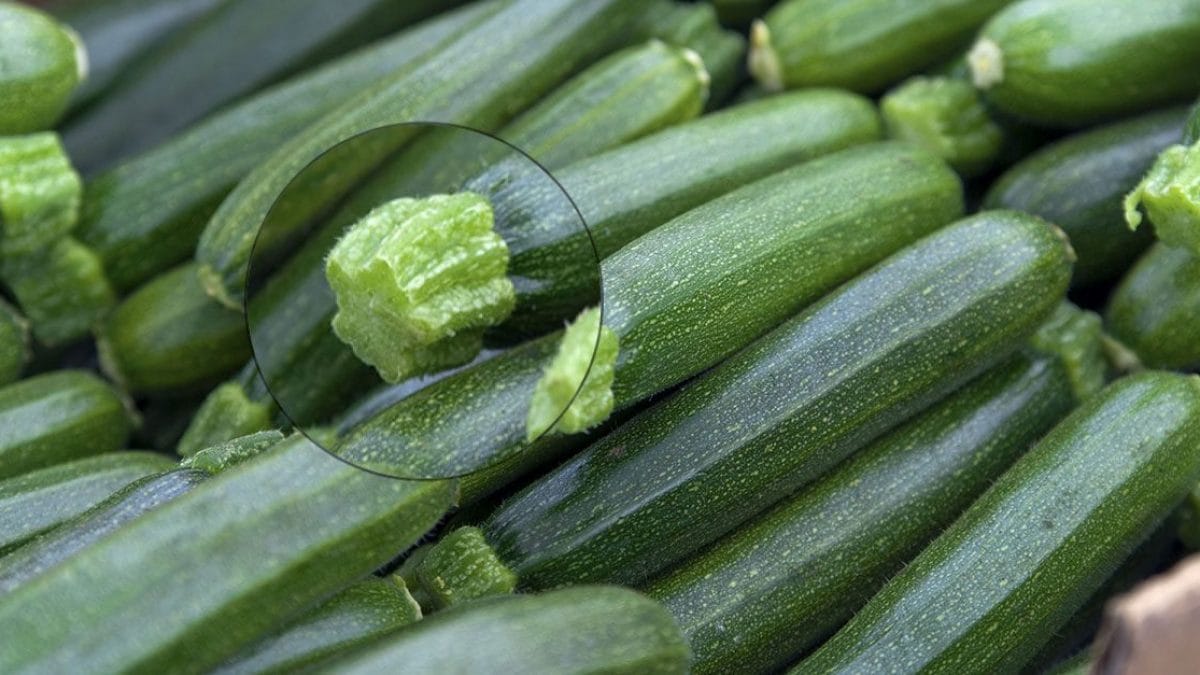How to Make Perfect Crêpes: the Secret To Get Perfect Savory and Sweet Crêpes Every Time!
Perfect crepes hinge on choosing the right flour, resting the batter, and mastering the cooking technique. Use a mix of all-purpose and cake flour for lightness, let the batter rest to absorb liquids, and cook in a hot, buttered non-stick pan for even, delicate crepes. Serve immediately or store covered to retain moisture.

Making crepes might seem like a straightforward task, but achieving that delicate balance of lightness and flavor requires a bit of finesse and understanding of the technique. The basic ingredients—milk, flour, eggs, and a pinch of salt—are simple, yet the way you combine and cook them makes all the difference in your culinary outcome.
Choosing the Right Ingredients
When it comes to selecting flour, the type you choose can impact the texture of your crepes. All-purpose flour is commonly used and provides a nice balance of lightness and structure. However, for those seeking exceptionally light and delicate crepes, a mix of all-purpose and cake flour can elevate your dish to new heights. The lower protein content in cake flour helps in achieving a finer, softer texture, which is ideal for crepes.
The Importance of Mixing and Resting
The process begins with beating the eggs thoroughly, which is crucial for incorporating air and giving the crepes a light structure. Gradually adding milk—or a plant-based alternative for a lighter version—helps maintain this airiness. When incorporating the flour, do so gradually and sift it to prevent lumps. If lumps do appear, don't hesitate to pass your batter through a sieve or give it a quick blend for smoothness.

Letting the crepe batter rest is another pivotal step that is often overlooked. Allowing it to sit for about an hour in the refrigerator gives the flour time to absorb the liquid fully, resulting in a coherent batter that cooks up into tender, not tough, crepes. This resting period also allows the air bubbles to stabilize, which prevents tearing when you start cooking.
Cooking Techniques for Perfect Crepes
The cooking technique itself is vital. Use a non-stick pan or a dedicated crepe maker, and remember to lightly butter it to prevent sticking. The pan must be hot enough so that the butter sizzles upon contact—this indicates that your pan is ready for the batter. Pour just enough batter to cover the bottom when swirled; too much batter makes thick crepes that are hard to cook evenly.

Swirling the pan immediately after adding the batter ensures an even, thin layer, which is essential for that signature crepe delicacy. Watch for the edges to brown and the surface to bubble slightly; this is your cue to turn the crepe. Whether you flip it with a spatula or with a chef's flourish, the goal is a light golden color on each side.
Final Tips and Storage
Stack your cooked crepes to keep them warm and tender. If not serving immediately, cover them with cling film to retain moisture. Crepes are incredibly versatile and can be filled with anything from hazelnut cream to ham and cheese, adapting to both sweet and savory preferences.





